From Gen Zia to Gen Z — a timeline of VAW
Women in Pakistan are also unprotected everywhere, from homes to hospitals, grounds to graves, and roads to reels.
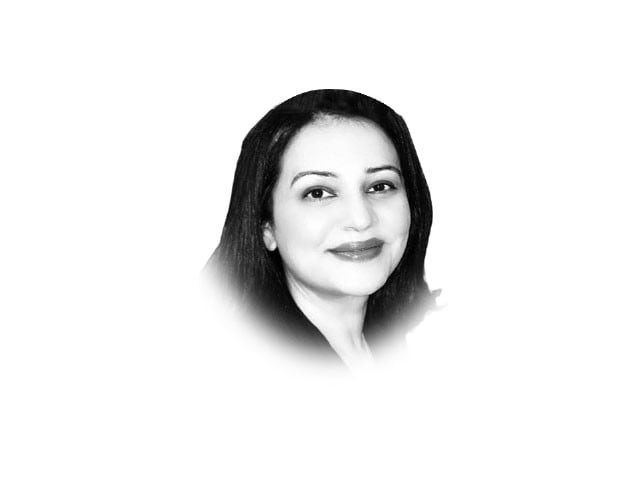
Violence Against Women (VAW), once treated as a forbidden text, is now a yardstick for measuring national progress. Gone are the days when declaring yourself a feminist was not only fraught but instantly branded you mad, immoral, and a threat to society's balance.
Today, feminism has become almost a fashion statement, and while it remains "controversial", new age social media is abuzz with conversations about the Matilda effect, entrenched misogyny, and the patriarchal consensus. Despite this evolution, we women are still living in a world where we are not safe anywhere, not in bedrooms, boardrooms and barracks.
Women in Pakistan are also unprotected everywhere, from homes to hospitals, grounds to graves, and roads to reels. From Hudood to hashtags, there are countless faces of VAW, each continuing to evolve and multiply.
While defending the dignity of survivors, the processes of reporting incidents, filing FIRs, accessing medico-legal support, obtaining legal aid, or finding safe shelter remain overwhelming and often inaccessible. Today, I share a snapshot of the timeline of VAW in Pakistan, highlighting its global intersections.
My earliest memory dates back to the dark days of Gen Zia's regime, when I first heard about the Hudood Ordinance and the courageous protests led by women like the late Shehla Zia, Asma Jahangir ,Nigar Ahmed, Najma Sadeque and others, alongside the legendary Habib Jalib, against it.
As a medical student, I read with interest those chapters of medical jurisprudence often considered unimportant for examinations, and it was there that I was first introduced to the term incest, a form of VAW that our society sadly continues to overlook despite its prevalence. A part of my cognisance of gender and identity politics also came from Urdu literature, especially the stories penned by Ismat Chughtai and Wajida Tabassum.
Many landmark conferences, particularly the International Conference on Population and Development in Cairo in 1994 and the Fourth World Conference on Women in Beijing in 1995, laid the foundation for future feminist movements.
In the mid-nineties, as a clinician, I began to recognise signs of domestic violence in patient histories, stories of 'accidental' burns, stove bursts, unexplained fractures, and more. That was the time when I diagnosed dowry violence buried under domestic violence, and the denial of access to contraception and safe(r) abortion.
During Benazir Bhutto's tenures, seasoned activist Shahnaz Bukhari served as Special Advisor to PM Bhutto, actively raising awareness about domestic violence, with a particular focus on establishing burn centres in hospitals.
As a survivor of GBV, I transitioned from clinical medicine to public health at a younger age and analysed complex layers of violence: both visible like acid attacks and physical assaults and invisible.
The latter embraces a range of verbal abuse, mental health degradation, culturally sanctioned harmful practices, and the commodification of women through bridal fashion shows, corporate media narratives and beyond. During the late 1990s and early 2000s, much of the international donor attention in Pakistan (and other South Asian countries) was focused on issues like "honour killings" and sexual harassment at workplaces.
By the turn of the millennium the denial of the prevalence of VAW beyond NGO reports was slowly, but steadily, being broken. Feminisation of poverty was then an established fact and the need for financial freedom for women was being discussed. The influx of private media during Musharraf's regime also aided in breaking the barriers to discuss many "taboo" words and concepts related to the GBV glossary.
My own seminal series Gender Watch on PTV, which owed its clearance during Prime Minister Nawaz Sharif's time through the then Information Minister Syed Mushahid Hussain, had an extended phase post-12 October 1999.
At that time, the expansion of urban, upper-class feminist activist circles in Pakistan began reaching the urban middle class and some rural areas, largely due to the NGO-isation of social development.
Kimberlé Crenshaw's concept of intersectional feminism, coined in 1989, has advanced from an academic theory to a widely recognised framework. Women's roles and suppression are being scrutinised in diverse areas like media, sports, STEM/STEAM.
Tarana Burke's Me Too movement, launched in 2006, went global in 2017 after Milano's viral '#MeToo' tweet in the wake of the Weinstein scandal sparking a reckoning that resonated even within Pakistani workplaces.
Over the past 25 years, there has been a growing focus on VAW in cyber space and those with disabilities. Moreover, humanitarian crises such as the 2005 earthquake, the 2009 IDP crisis, and the devastating floods of 2010 and 2011 brought greater responsiveness to VAW issues in emergency settings.
In the first two decades of the 21st century, Pakistan's vibrant civil society, determined to demand liberty for women, also began to perceive a shrinking space for critical dialogues. This coincided with changing donor priorities, increased political angling, and persistent geopolitical shifts. And while attention peaks during high-profile cases or tragic viral moments, true justice remains a distant dream.
The making of Pakistan in 1947 and its breaking in 1971 were characterised by apathetic politics where ordinary people were treated as collateral damage. Many forms of exploitation and savagery against women across faiths and ethnicities took place.
The reminder of Manto's Khol Do still shudders me. The male propensity for rape and cruelty against women, even in the midst of tragedies like blood-soaked migrations, still baffles me deeply. This is not simply a personal reflection, but a national timeline of resilience and resistance, chronicling VAW from the inception of our homeland to the Gen Z TikTok era.
When will VAW end? No end date exists for VAW but at today's pace, the WEF guesses gender parity will not arrive until 2154, and the UN warns of a 300 year wait for full legal equality. Pakistan has a range of pro-women laws, but due to inequality before law, their implementation remains inconsistent and often ineffective.
Hence, stronger and more specific laws targeting various forms of VAW and enabling greater agency for women are necessary. While hundred per cent prevention is unlikely, economically empowered women are better equipped to combat VAW and improve their own lives.
Women's safety is a right, not a privilege. The urgency lies not just in seeing the systematic and structural violence, but in arresting its brazen normalisation and deliberate institutional protection.

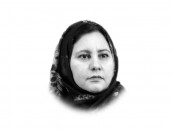

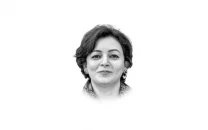
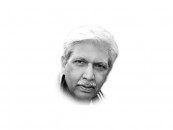
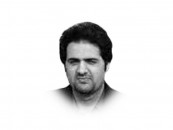
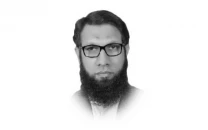
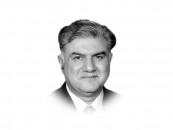
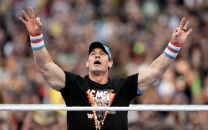



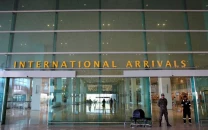
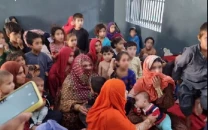
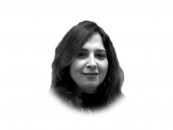
COMMENTS
Comments are moderated and generally will be posted if they are on-topic and not abusive.
For more information, please see our Comments FAQ